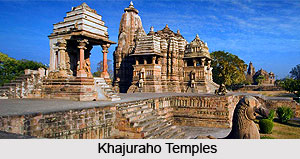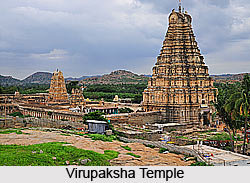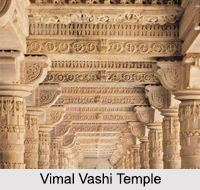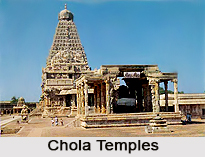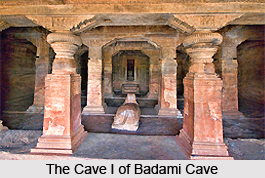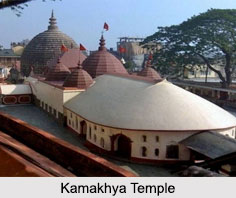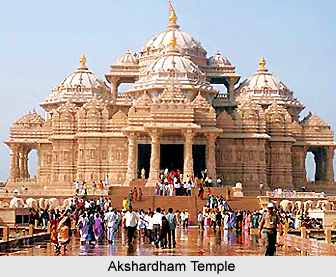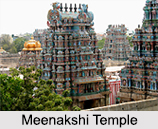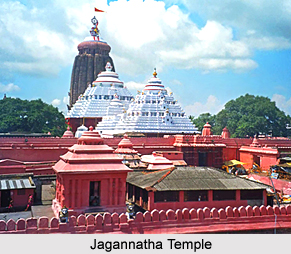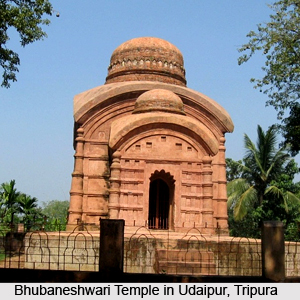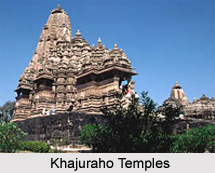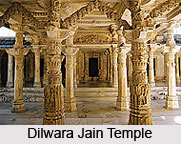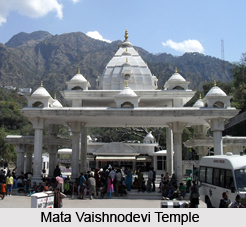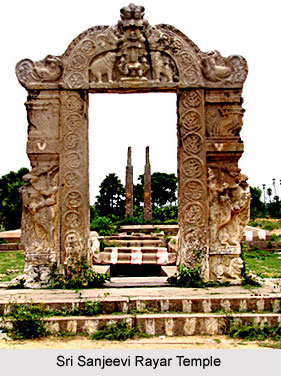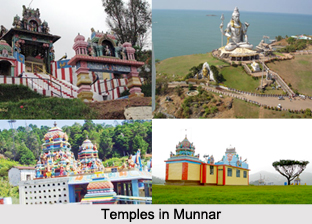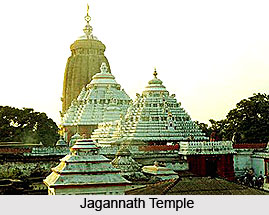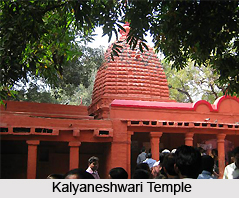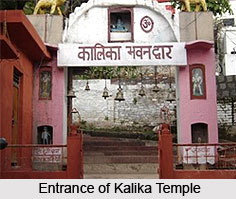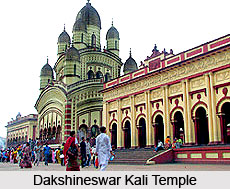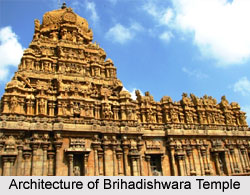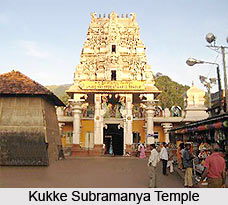 Kukke Subramanya temple is one of the perfect pilgrimage locations in India. Lord Subrahmanya is the presiding deity and is worshipped as the lord of all serpents. As per tradition the divine serpent Vasuki and other serpents took refuge under Lord Subrahmanya when they were threatened by Garuda.
Kukke Subramanya temple is one of the perfect pilgrimage locations in India. Lord Subrahmanya is the presiding deity and is worshipped as the lord of all serpents. As per tradition the divine serpent Vasuki and other serpents took refuge under Lord Subrahmanya when they were threatened by Garuda.
In order to reach the temple they have to cross the Kumaradhara River and take a holy dip in the river before entering the temple for their darshan. The devotees enter the courtyard from the doorway at the back, and walk around to go before the deity. There is the Garuda pillar between the sanctorum and the portico entrance that is covered with silver. Devotees walk around this pillar. It is considered that this pillar was charmed and planted there to shield devotees from the poisonous flames streaming from the breath of Vasuki who resides inside. The outer hall is beyond the pillar, the inner hall and then the sanctorum of Sri Subrahmanya.
There is a pedestal at the centre of sanctorum is a pedestal. On the upper dais stand the deity of Sri Subrahmanya and the deity of Vasuki. At a lower level is the deity of Shesha.
Ashlesha Bali Pooja and Sarpa Samskara are two important Poojas done here.
Ashlesha Bali Puja is one of the important Kaalasarpa dosha pujas performed at Kukke Subramanya temple near Mangalore in Karnataka. Lord Subramanya is known as the protector from Kaalasarpa dosha and Kuja dosha. This temple is known for Sarpadosha puja. Aslesha Bali puja is performed on Aslesha nakshatra every month.
Sarpa Samskara
Sarpa Samskara is one of the poojas performed by devotees to get rid of the sarpa dosha. Pooja can be done either by the affected person himself if he is male and married, or through a priest. As snake God is popular in Karnataka and Kerala, this pooja is performed by people of all faiths.
This article is a stub. You can enrich by adding more information to it. Send your Write Up to content@indianetzone.com
